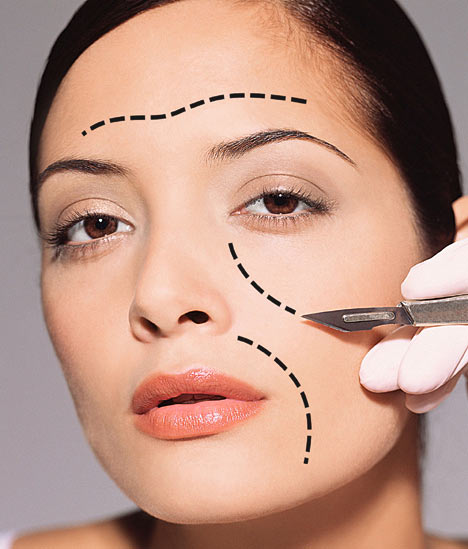Buyer beware: the ugly face of cosmetic tourism
Cosmetic tourism? Yes. But do your homework before getting swept up in the fantasy
According to “Booming Medical Tourism in India” report on Reportlinker, the heart surgery centers in India offer treatment at a significantly lesser prices compared to North America and Europe. Superior quality of dental care and ayurvedic spa treatments are also attracting patients across the globe. It is anticipated that the Indian medical tourism market will register a Compound annual growth rate of 27% during 2011-15.
In the recent years, Indian government support, low cost, improved healthcare infrastructure, and rich cultural heritage, have taken the Indian medical tourism to new heights. India has emerged as one of the world’s most cost-efficient medical tourism destinations, and thus, attained a position among the global leaders.
Extensive research and analysis also revealed that quality-driven wellness centers, cord blood banking, and medical tourism facilitators are among the key trends driving the medical tourism market in India. It has been observed that wellness tourism, alternate meditation, and the advantage of being the least competitive pricing have been the driver of the Indian medical tourism. Cardiac and orthopedic procedures constitute the majority share of the market.
On the other part, medical tourism has also an ugly face.
“Cosmetic surgery is no holiday,” warns Australian Society of Plastic Surgeons President Associate Professor Rodney Cooter.
A recent survey by the Australian Society of Plastic Surgeons (ASPS) revealed that the number of botched cosmetic tourism procedures is on the rise. In fact, in the past year alone Australian plastic surgeons have experienced a 38 per cent increase in cases where corrections are required for these complications.
“These are serious operations. A facelift might sound dainty, but it’s a four- to five-hour procedure. Cosmetic surgery packages sold as holidays downplay the importance of the post-operative period. Any kind of major surgery, cosmetic or otherwise, requires a high level of post-operative care. That means rest and healing time to reduce the risk of complications. It’s not about sunbathing, drinking cocktails, swimming and snorkelling before jetting home, ” explains Rodney Cooter.
Associate Professor Cooter says that the surveyed plastic surgeons had encountered a wide range of complications. “Some of the more common problems include infection, a build-up of fluid, late bleeding, poorly performed breast implants and facelift scarring, which is considered unacceptable here.” While some complications are reversable, 73 per cent of the plastic sugeons conducting revisions have had cases they were unable to completely correct.
Inadequate post-operative care is one factor in the rise of complications, as is travelling too soon after an operation. Another issue is underqualified doctors performing procedures.
Professor Cooter said to straightfurrow that one of the primary reasons people travel overseas for cosmetic surgery is the cost. However, findings from the survey show that the average cost of a cosmetic tourism revision treatment is an additional $5754.
“It’s not about turning it into a horror story,” Cooter says. “Everyone can get complications, but it’s important to be alert and go in wide-eyed and knowing where you stand – what are the possible complications, what happens if something goes wrong and who pays? I would urge people to ask these questions and if you’re not getting adequate answers then you should be wary about proceeding.”
To minimise risk, Cooter also recommends meet the doctor more than once before going ahead. “I see people twice, two weeks apart, so that they have time to absorb the information and then come back with any questions.”


